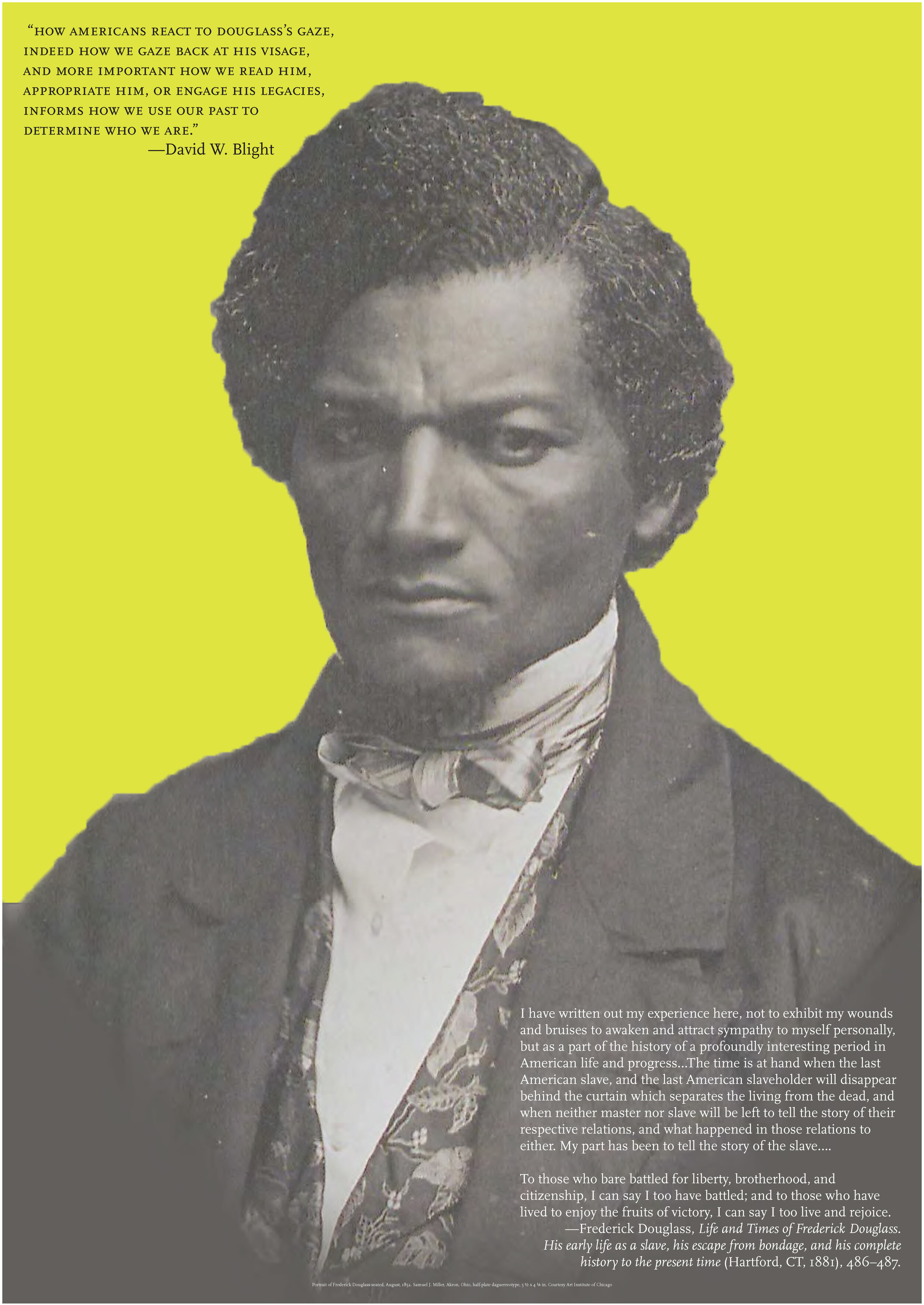Frederick Douglass Park Design, Talbot County, Maryland
Preservation Green, LLC, envisions Frederick Douglass Park on the Tuckahoe as an immersive natural landscape that invites visitors to inhabit the formative world of American abolitionist, author, and statesman Frederick Douglass (c. 1818–1895). Located on a bend in the Tuckahoe River in the peaceful northeast corner of Talbot County, the 107.16-acre park will be a living monument to Douglass’s place of birth and a return to what he recalled later in life as the “stillness of the Tuckahoe.”
The undulating lands along the Tuckahoe River were the site of Douglass’s earliest years and memories,. It was here that he developed a strong sense of identity, and was nurtured by elders who were held in high regard within their community. In the context of the same verdant landscape, the visitor will experience an inspiring journey through Douglass’s life, exploring the eternal value of his writing and many other achievements. Our landscape architectural master plan and interpretive design provide an entry into the great abolitionist’s life story through a fully accessible walking tour that explores his environment, writing, and likeness.
The visitor experience begins immediately upon turning into the property where the wide drive travels through a working farm. Fields of crops rotating between soy, corn, wheat, and tobacco highlight the historical reality that slavery was the engine of America’s economic success, and visitors may contemplate this as they pass through the crops. The muscular agrarian landscape marries architecture via a large, two-story tobacco barn, which comes into view along with a vista beyond to the water of the Tuckahoe. Adapted into a destination visitor center, the existing garage structure is reclad with old barn siding so that it remains visually anchored to the land as a tobacco barn. In a contemporary update, the south-facing roof will contain a full solar array—one of many design aspects that will make the park sustainable and LEED-status designated. The ground floor features an adaptable space for school groups and conferences with bathrooms and visitor amenities. Small offices are located upstairs along with a caretaker’s apartment and storage.
In addition to the visitor center, there are further repurposed farm buildings as well as a central outdoor kiosk and overlook, exhibitions, and well-placed signage that is both attractive and durable. This cluster of buildings serves as the staging area for all visitors to park, disembark from buses, and settle into the tranquil landscape setting. Also proposed are a series of accessible trails and boardwalks to immerse school children and other guests in Douglass’s life and remarkable achievements.
Perched above the water’s edge, the visitor’s kiosk is the first stop along the circuit of paths throughout the park. This rustic building is not intended as a pastiche or replica of Douglass’s early home, but rather a sensitively detailed sanctuary, in keeping with Douglass’s recollections of his family’s home: a “noble structure” consisting of a “log hut or cabin, built of clay, wood and straw.” From that small open-air structure, which is positioned for maximum views, walking trails traverse gently along the ridge and also carefully down to the water’s edge where small boats are docked for ventures out onto the Tuckahoe River, expanding the tour along the narrow, winding shoreline. Trails and boardwalk that are accessible for persons who use wheelchairs will be clearly marked. The working farm will feature a broad, ten-foot-wide farm road around it and marked walking and hiking trails, offering further options for exercise and enjoyment of the property as a whole.
Given the challenges of climate change, preserving the pristine nature of Douglass’s world will be no easy task. To begin with, the entire site is within Critical Areas and must be addressed with great care. The horticultural palette will include desirable native plants and wildflowers contemporary to Douglass’s time period. Recognizing the extreme presence of invasive plants that threaten this site and the need for better air circulation in the overgrown canopies, we will work with a selection of hardy native plants. For example, the large American beech trees, which were young saplings during
Douglass’s day, serve as “witness trees,” and will be carefully marked with handsome labels to honor their antiquity. Virginia bluebells will carpet the ground, and with their early emergence of large leaves, will help to suppress the abundant weeds. The paths and boardwalk will be sensitively designed with plantings, signage, and seating to educate those visiting the park and encourage their return to observe an evolving landscape of interest during all seasons.




